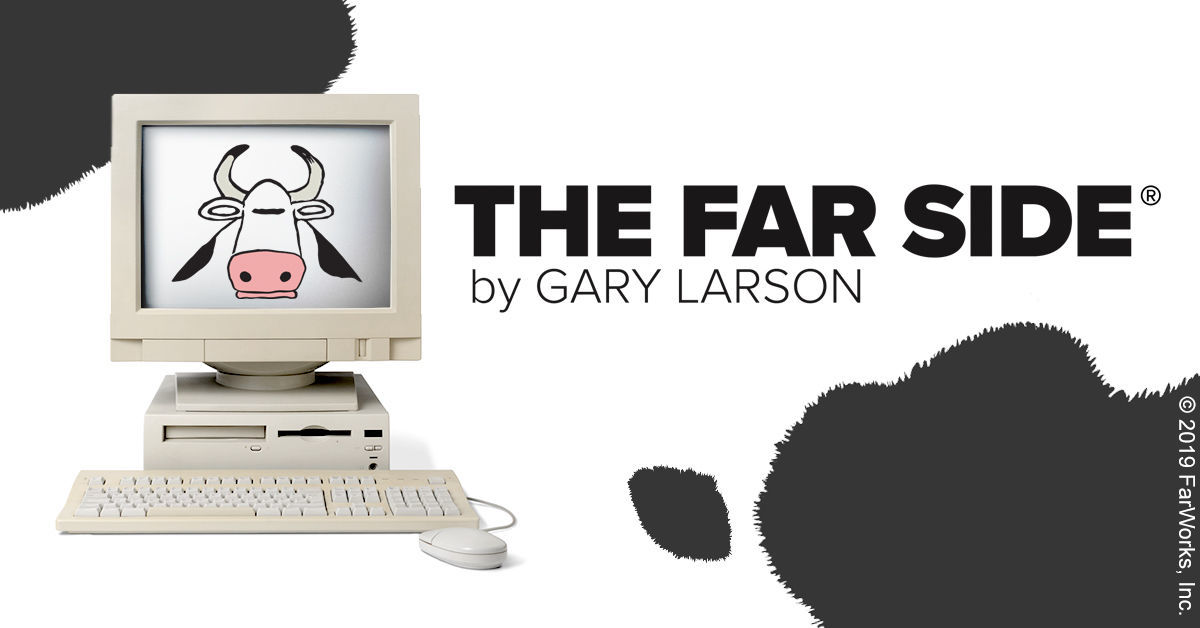Gary Larson has finally arrived online and the promise of new The Far Side cartoons is in the air, yet I don’t know how I feel about this. I will always love The Far Side but I cringe at the thought of the new stuff not measuring up to old stuff. I also miss seeing the cartoon nestled in the comics pages of an actual newspaper. And, truth be told, Larson’s hero status fell in my eyes when he aggressively chased his cartoons off the Internet.
Twelve years after I wrote that I still feel the same way. Now that Larson wants to join the party is he still welcome? Does The Far Side belong on the Internet at all, even if it’s Larson’s own doing? Or should it ride off into the sunset along with the newspaper industry?
I kinda wish I hadn’t had to ponder this question.
Truthfully, I still have some ambivalence about officially entering the online world — I previously equated it to a rabbit hole, although “black hole” sometimes seems more apropos — but my change of heart on this has been due not only to some evolution in my own thinking, but also in two areas I’ve always cared about when it comes to this computer/Internet “stuff”: security and graphics.
Source: A Letter From Gary Larson | TheFarSide.com | TheFarSide.com

